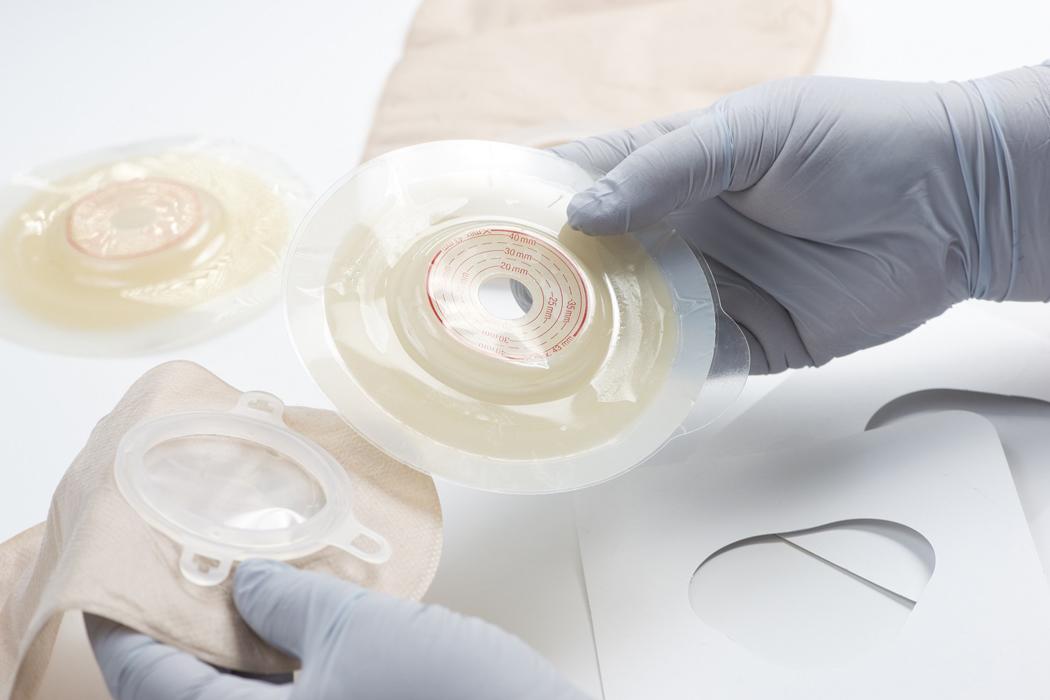Ostomy Devices Market Experiencing Growth Due to Improved Post-Surgical Care Awareness

The ostomy devices market has become a vital segment within the broader medical device industry, offering essential solutions for patients who undergo ostomy surgeries. These surgeries, which create a surgically constructed opening (stoma) for the elimination of bodily waste, are critical interventions for managing conditions such as colorectal cancer, bladder cancer, and inflammatory bowel diseases. As the global prevalence of these conditions rises, the demand for advanced ostomy devices continues to grow, propelled by evolving market trends, technological innovations, and shifting patient needs. This article explores the current trends shaping the ostomy devices market and their implications for industry stakeholders.
Rising Prevalence of Chronic Diseases Driving Market Demand
One of the most significant trends influencing the ostomy devices market is the increasing incidence of chronic diseases requiring ostomy surgeries. Colorectal cancer ranks among the leading causes of cancer mortality worldwide, necessitating surgical intervention that often results in the creation of a stoma. Similarly, chronic inflammatory bowel diseases such as Crohn’s disease and ulcerative colitis are contributing to higher ostomy surgery rates. The aging global population, which is more susceptible to these diseases, further fuels this demand. This trend underscores the growing patient base requiring ostomy devices, thereby driving market expansion.
Technological Innovation and Product Development
Innovation in product design and materials is a key trend transforming the ostomy devices landscape. Traditional ostomy pouches and skin barriers have evolved significantly, with manufacturers focusing on enhancing patient comfort, usability, and clinical outcomes. New-generation ostomy devices incorporate features such as leak-proof seals, skin-friendly adhesives, and odor control technologies, which improve patient confidence and reduce complications such as skin irritation and infection.
Moreover, the emergence of smart ostomy devices is a groundbreaking development. These devices are embedded with sensors that can monitor stoma output, detect leaks, and transmit real-time data to healthcare providers and patients via connected apps. This trend toward digital health integration facilitates personalized patient care, early complication detection, and better management of ostomy-related issues. It reflects the broader move toward telemedicine and remote patient monitoring in healthcare.
Focus on Patient-Centric Care and Quality of Life
Patient-centric care is increasingly prioritized in the ostomy devices market, driven by a deeper understanding of the physical and psychological challenges faced by ostomy patients. Innovations now extend beyond functional improvements to include ergonomic designs, discreet and low-profile devices, and customizable options tailored to individual patient needs and lifestyles.
Additionally, healthcare providers and manufacturers are emphasizing educational programs and support services that help patients adapt to living with an ostomy. This includes counseling, peer support groups, and resources to reduce stigma and enhance quality of life. The focus on holistic care represents a critical trend that is influencing product development and marketing strategies across the industry.
Expansion of Emerging Markets
While North America and Europe currently dominate the ostomy devices market due to advanced healthcare infrastructure and favorable reimbursement policies, emerging markets in Asia-Pacific, Latin America, and the Middle East & Africa are gaining prominence. These regions are witnessing increased healthcare spending, improved access to surgical care, and rising awareness of ostomy management.
The growth potential in these markets is substantial but comes with unique challenges such as cost sensitivity, limited insurance coverage, and variable healthcare infrastructure. Companies are increasingly adopting strategies to introduce affordable products, establish local partnerships, and engage in educational initiatives to tap into these emerging opportunities. This geographic diversification is a defining trend that is reshaping the competitive landscape.
Sustainability and Eco-Friendly Innovations
Environmental concerns are influencing consumer preferences and manufacturing practices across healthcare sectors, including ostomy devices. The use of disposable ostomy pouches and accessories generates medical waste, prompting demand for sustainable alternatives.
Manufacturers are responding by developing biodegradable materials, recyclable packaging, and reusable components. Although still in the nascent stages, the sustainability trend is expected to gain traction as regulatory bodies and consumers prioritize eco-friendly healthcare solutions. This shift not only addresses environmental responsibility but may also create new market niches and differentiation opportunities.
Strategic Collaborations and Mergers & Acquisitions
The ostomy devices market is witnessing consolidation through mergers, acquisitions, and strategic partnerships. Leading companies are seeking to expand their product portfolios, enhance technological capabilities, and strengthen their geographic presence.
Collaborations between device manufacturers and technology firms are particularly noteworthy, facilitating the integration of digital health innovations into ostomy care. These partnerships accelerate product development cycles and foster innovation ecosystems that benefit both patients and providers.
Regulatory Evolution and Market Access
Regulatory frameworks governing medical devices continue to evolve, emphasizing patient safety, device efficacy, and post-market surveillance. Regulatory changes such as the implementation of the European Union Medical Device Regulation (EU MDR) have significant implications for market access and compliance requirements.
Manufacturers are investing more resources into regulatory affairs to navigate these complexities efficiently. While these changes may increase development timelines and costs, they also drive higher standards of quality and safety, ultimately benefiting patients.
Conclusion
The ostomy devices market is undergoing transformative changes fueled by rising disease prevalence, technological breakthroughs, patient-focused care, and expanding geographic reach. Key trends such as digital health integration, sustainability initiatives, and strategic collaborations are setting the stage for continued innovation and growth.
For industry players, understanding and adapting to these trends is essential to capitalize on emerging opportunities and meet the evolving needs of ostomy patients. As the market progresses, advancements in technology and holistic care approaches promise to enhance patient outcomes and quality of life, reinforcing the critical role of ostomy devices in modern healthcare.
- Art
- Causes
- Crafts
- Dance
- Drinks
- Film
- Fitness
- Food
- Games
- Gardening
- Health
- Home
- Literature
- Music
- Networking
- Other
- Party
- Religion
- Shopping
- Sports
- Theater
- Wellness


